Disabled and chronically ill Californians say that the state’s coronavirus vaccine distribution is leaving them in the lurch, as the death toll in the country’s most populous state continues to climb.
California abruptly announced last month that it was changing its vaccination policies to prioritize age, rather than underlying risk, in deciding who will get the inoculation next. The state is currently giving vaccines to people who are 65 years or older, nursing home residents and workers in health care, education, childcare, emergency services agriculture and food services. It had originally intended to vaccinate workers in transportation and manufacturing, people who are incarcerated, disabled people and people with high-risk medical issues next.
But in January, Gavin Newsom, the governor, argued prioritizing age would speed up the state’s lagging vaccine distribution. It “will allow us to scale up much more quickly to get vaccines to impacted communities much more expeditiously”, the governor said, by making it easier for officials to determine who is and isn’t eligible.
‘Please send more vaccines’: Covid crisis engulfs California’s farming heartland
Read more
Advocates for disabled and chronically ill Californians have pushed back fiercely, criticizing the change of plans as a reactionary move that has left people with a range of physical and developmental disabilities and medical conditions uncertain and confused about when their turn will come. They have called on the state to change course, and reprioritize high-risk Californians – including disabled people, workers and people in prisons.
Health officials have since signaled that they’ll announce a plan this week to give vaccines to some disabled Californians with disabilities, but advocates said they are prepared to be disappointed. “We haven’t been getting any clear answers,” said Andy Imparato, the executive director of Disability Rights California. Imparato has been attending meetings with the Community Vaccine Advisory committee, a panel of experts and stakeholders advising, about the distribution plans.
“I know [officials] are trying to pay more attention to equity, and they’re including disability in those conversations about equity – but I don’t have confidence that we’re going to get a specific timeframe anytime soon for when people can get vaccines,” Imparato said.
He gets the need to simplify and speed up the vaccination process, he added, and understands that the state is short on doses. “All I’m looking for is simplicity and clarity – a plan,” he said.
California’s policy is a departure from national guidelines outlined by the Centers for Disease Control and Prevention, that recommend people of all ages with high-risk conditions get vaccinated first.
For Charis Hill, 34, a disabled activist based in Sacramento who lives with an autoimmune disease and takes medications that suppress their immune system, the announcement felt “like further evidence that nobody cares about disabled people”.
“It pissed me off, along with millions of other disabled people in California,” they said.
The news, which came a year into a pandemic that has discriminately and disproportionately infected and killed disabled people, either because of their frequent exposure to caregivers and health workers or because of suppressed immune systems and other complications, has shaken Hill and other advocates.
“The decision to not prioritize disabled and high-risk people is essentially a death sentence,” said Hill.
Hill was worried about catching common viral infections even before the pandemic struck – for them a mild flu could turn into life-threatening pneumonia. For the past year, they have not left their house other than for unavoidable doctor’s appointments. “My in-person social interaction is almost all in the doctor’s office,” they said. “That’s the only time I touch a person, because it’s medically necessary.”
More so than physical isolation, Hill said they have felt a sort of “social and cultural isolation, from just being continually left out of the conversation and left out of planning for public safety and public health”.
The vaccine distribution across the US has been slow, and at times faltering – due in part to the limited quantity of vaccines. As the Biden administration works to speed up the process, many residents have questioned why California is trailing behind states with fewer resources, including Utah, the Dakotas and West Virginia, in administering the doses it has been allocated.
Both Utah and South Dakota have prioritized some or all residents with high-risk conditions above the general public – and South Dakota has begun to give vaccines to people with high-risk medical conditions and disabled people living in group homes, alongside the elderly. Based on California’s current policy, disabled and chronically ill people under the age of 65 may not receive a coronavirus vaccine before the summer.
Alice Wong, a disabled activist based in San Francisco who uses a ventilator and home care attendants full time, said she worries about the permanent consequences that the pandemic will have on Californians who haven’t been able to leave their homes, and have delayed medical care and treatments for fear of catching the virus. “Not having the vaccine is an existential threat,” she said. “It’s a form of violence against disabled people. It’s eugenics.”
Wong said she doesn’t understand why Newsom’s government couldn’t deliver the vaccine both efficiently and equitably, given that officials had a year to plan and prepare for it. “It angers me that it had to get to this point,” she said.
The governor’s office did not directly respond to a request from the Guardian for a comment, nor did the state’s Covid-19 vaccine taskforce. In a press conference on Monday, Newsom said the state would “take care of the most vulnerable and people in the developmentally disabled community” but added that “whatever we do will not be enough until the [vaccine] supply is adequate”.
Kristen Lopez, a Los Angeles-based entertainment journalist in her 30s with brittle bone disease, said the state’s initial tiered vaccine policy was far from ideal, “but at least it was understandable in some way. There was at least a timeline,” said Lopez.
Her mother, who is Lopez’s in-home healthcare provider, was part of the first tier of care providers who qualified for the vaccine. “As she was saying, it doesn’t make sense that care providers are able to get it, but not all the vulnerable people they’re caring for are.”
“At this point,” Lopez added, “it all just seems arbitrary.”







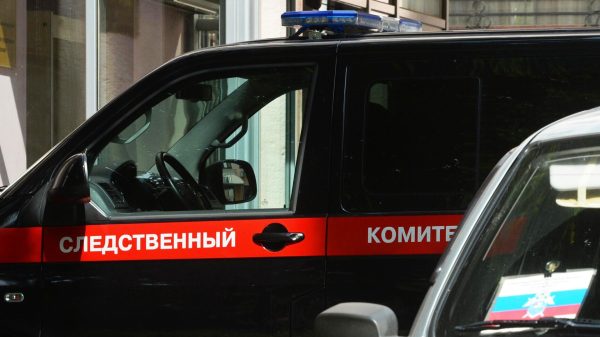
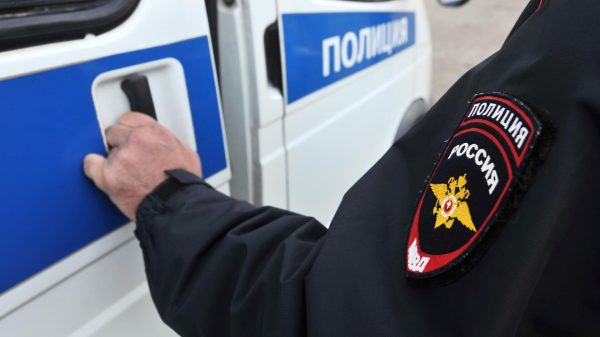

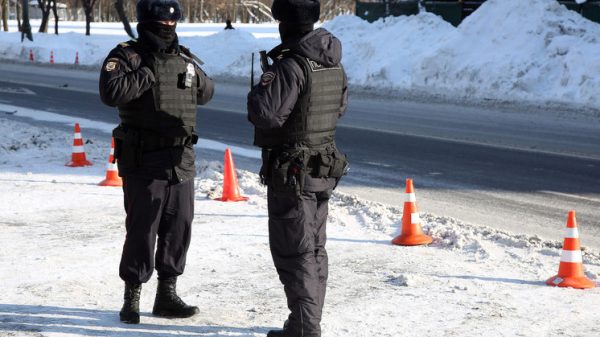

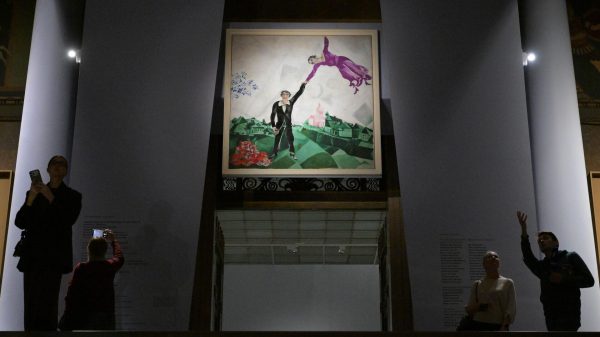



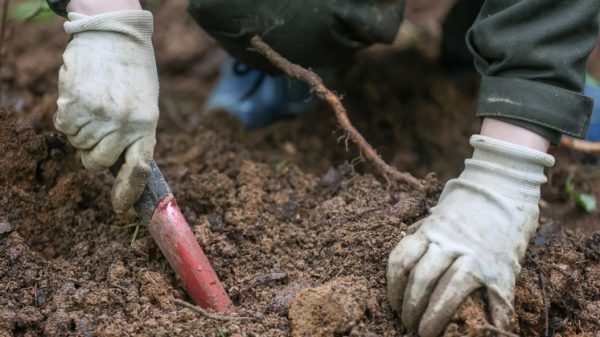
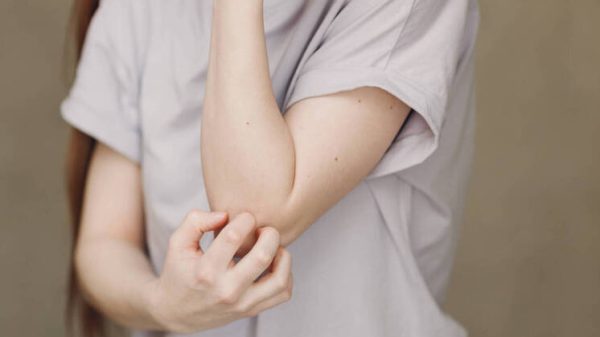

















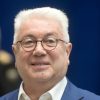














Свежие комментарии